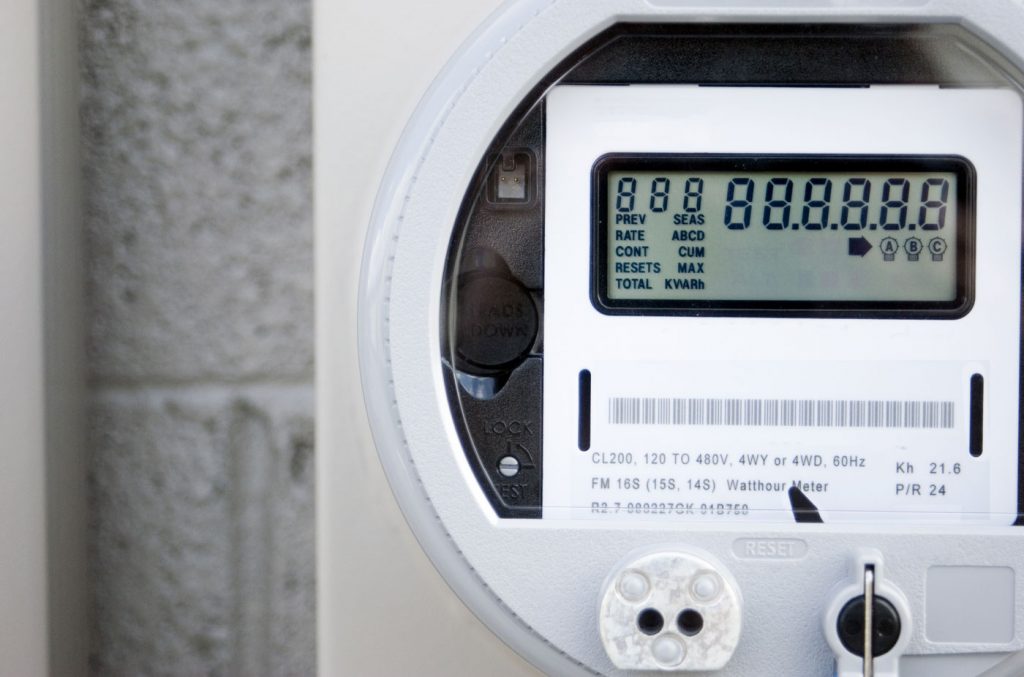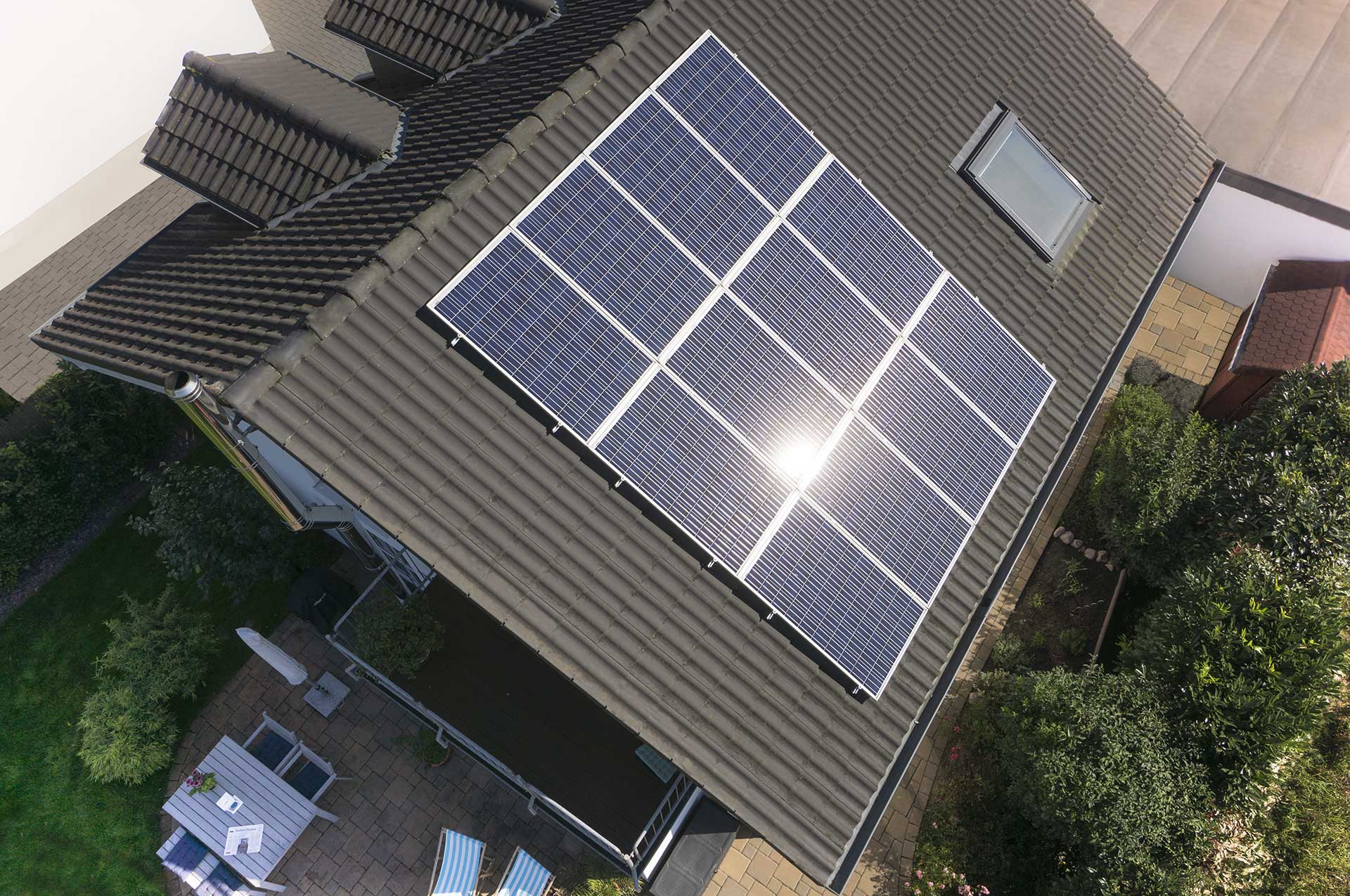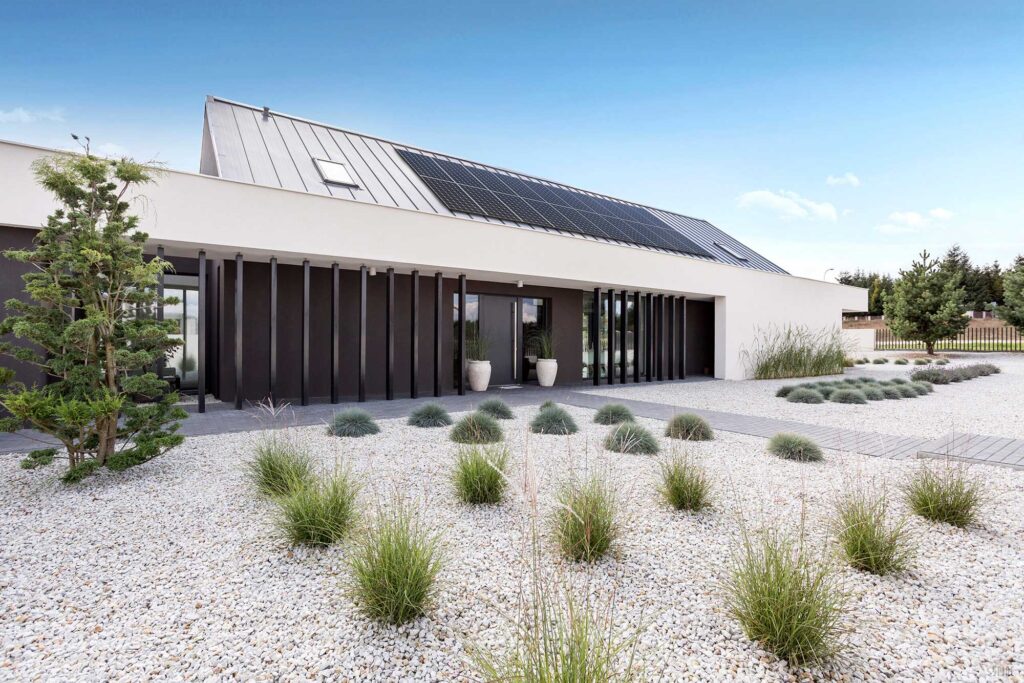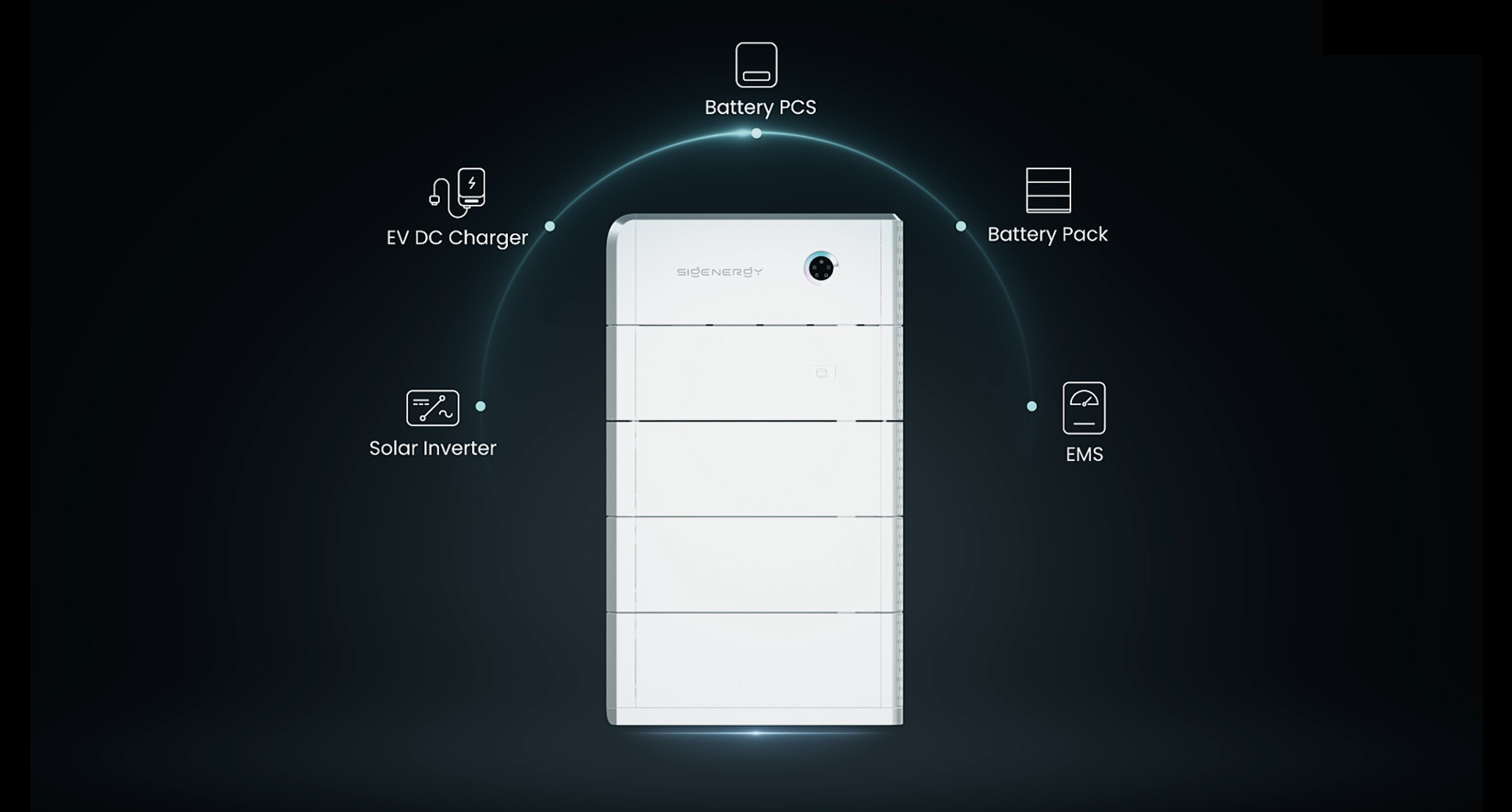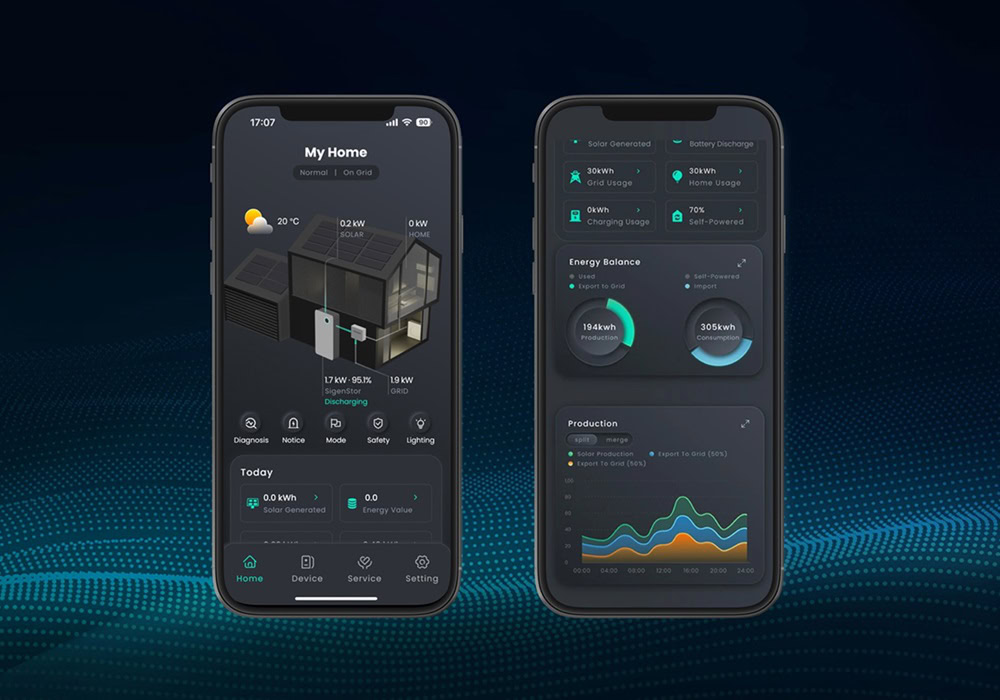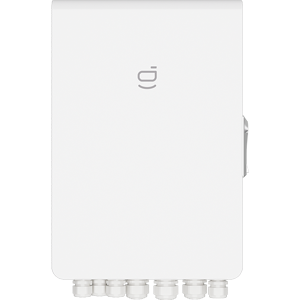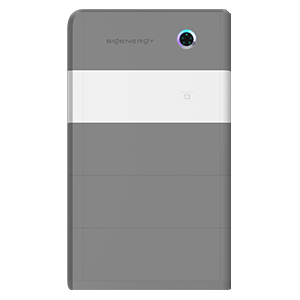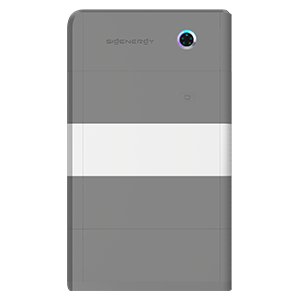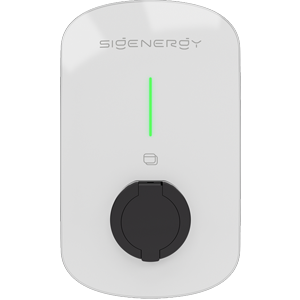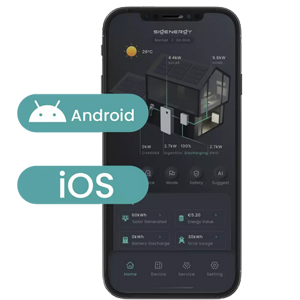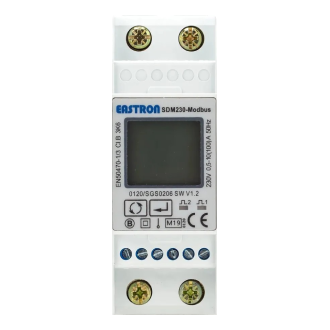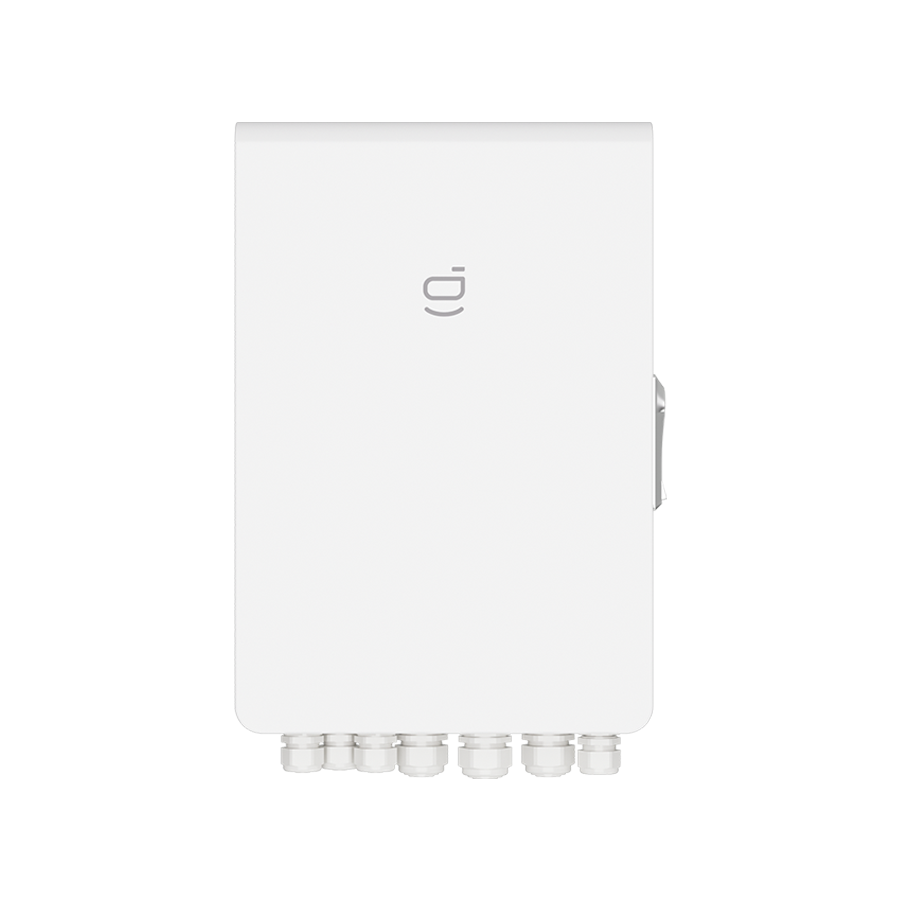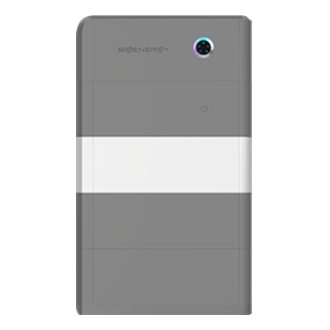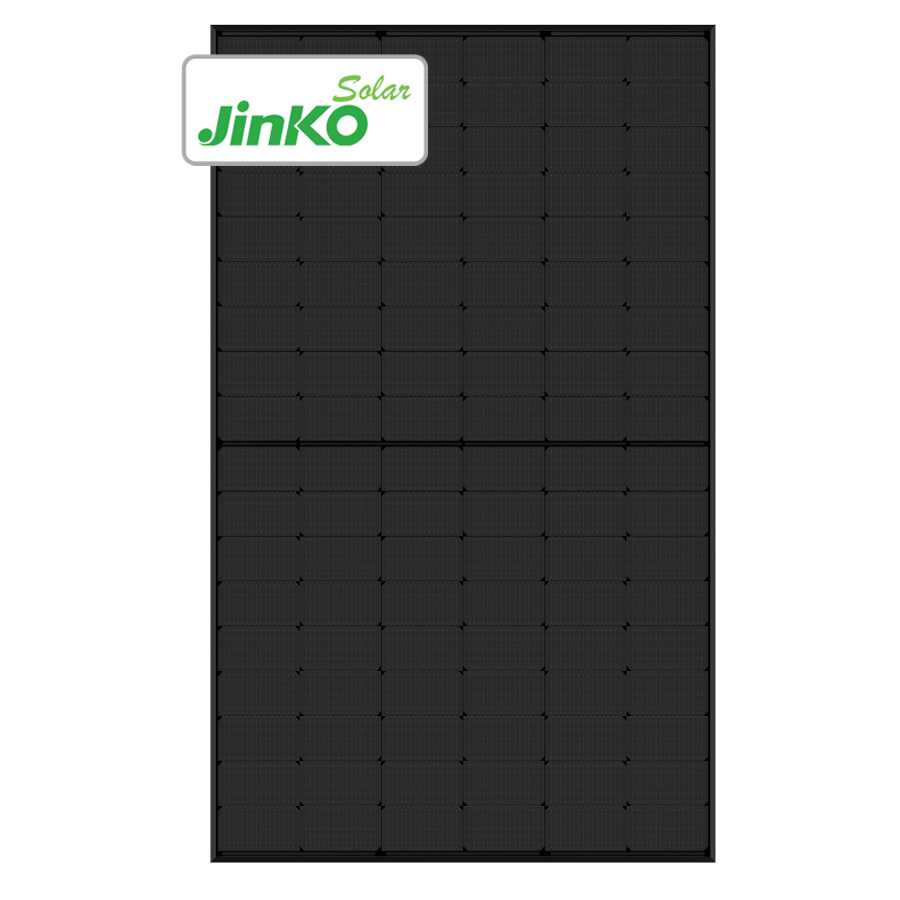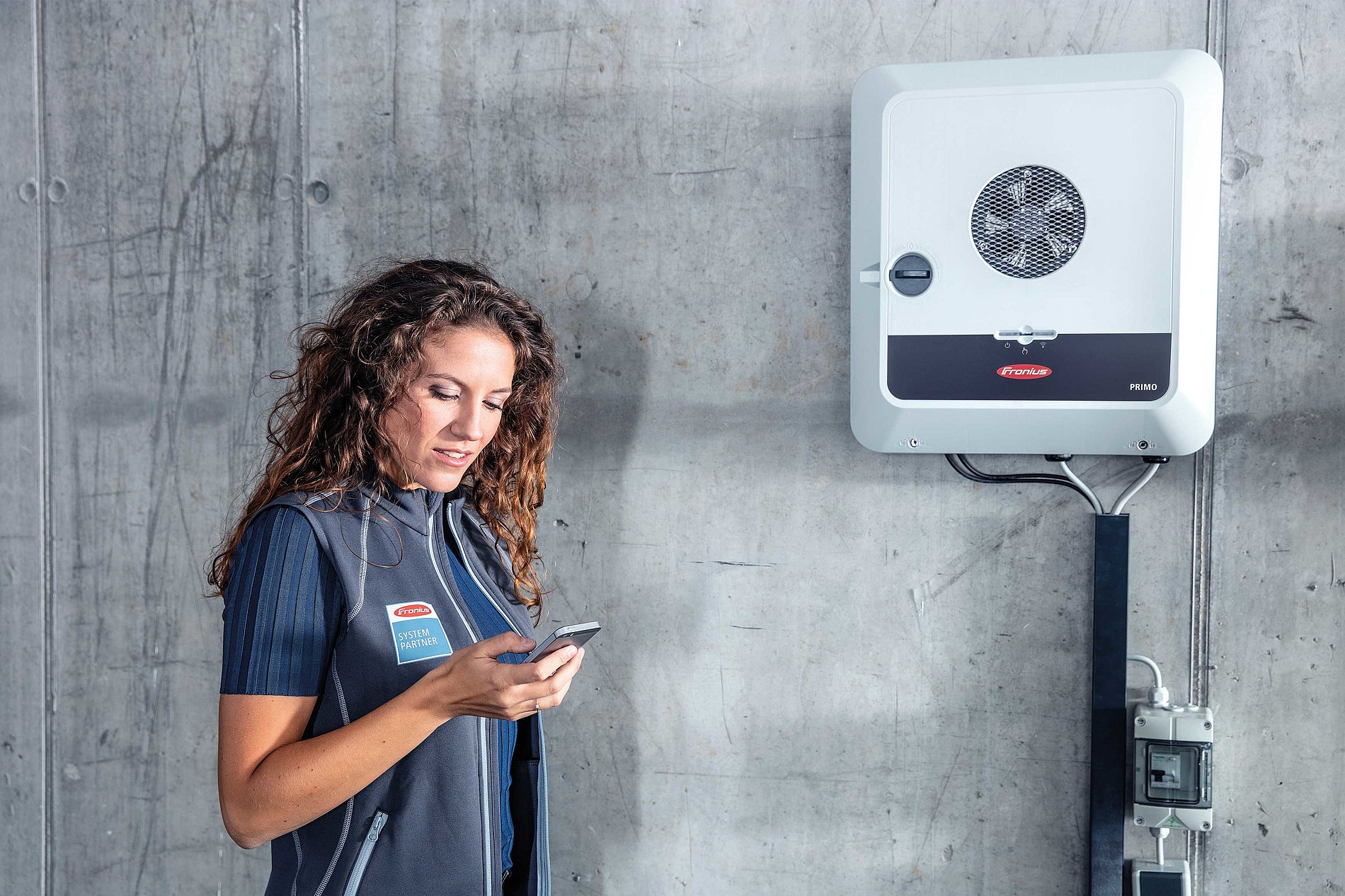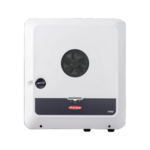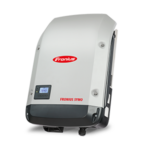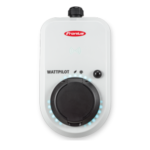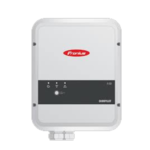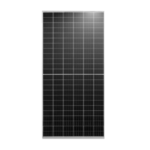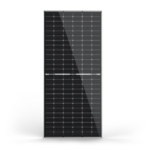The soon-to-be-introduced West Australian solar battery rebate and interest-free loan (Residential Battery Scheme) present an appealing opportunity for solar energy system owners. A capped $337 million package, here’s how you are more likely to secure your position for a share of $5000 off the cost of an energy storage solution on the Synergy electricity network from a 100,000 household allocation state-wide.
Contents
Key points
- Use existing solar rebates to be battery 'rebate ready' on July 1, 2025
- Buy solar now with a 'hybrid' inverter, order battery in advance to be stock ready.
- Proposed offer factors 100,000 out of 900,000 dwellings in Western Australia.
Homeowners with existing solar energy systems are in the best position to take advantage of the impending WA solar battery rebate. Since the original announcement, the West Australian Government has shifted its position to combine the value of the rebate funding alongside the national battery rebate to deliver the benefits of home batteries to more.
There is a $337 million budget from the state: the Synergy network ($1,300 per household), the Horizon network ($3,800 per household), and a means-tested $10,000 per household interest-free loan component for households earning less than $210,000. With a limited capacity of 100,000 from over 900,000 available dwellings, demand is strong from the impending WA solar battery rebate/Residential Battery Scheme.
With federal assistance, the combined WA battery rebate for a 10 kWh battery on the Synergy network is $5000 before fees.
How to be prepared for the WA battery rebate
Interested participants should register their interest on the wa.gov.au website. Then, engage a locally headquartered and registered West Australian solar company [Top 10]. However, if you want to fast-track your way to the front of the queue of battery rebate allocations, here are four ultimate tips.
1. Ensure solar exists first (if possible)
- DC-coupled battery integration is quick. DC-coupled batteries can be installed in less time for a faster qualification process when governed by capacity and implementation criteria.
To be physically prepared ahead of the WA solar battery rebate, ensure a solar-only system with a hybrid DC-coupled inverter. Hybrid inverters refer to the hybrid [solar and battery] power they convert to usable energy.
A hybrid solar inverter can accommodate a solar generation input and a DC-connected energy storage option while delivering usable AC output power for your home. Hybrid inverters also accommodate AC-coupled batteries if you choose. AC-coupled batteries are connected to the inverter via the home’s power supply.
Hybrid inverters act as a central component of its combined energy system. DC separation to the electricity network (Western Power) makes DC-coupled battery integrations more straightforward.
2. Pre-order your battery
- A pre-ordered battery ensures your product is allocated, approved and ready to use as part of the WA solar battery rebate.
To be physically prepared, equip yourself with a solar home energy system with a hybrid inverter at the heart. Hybrid inverters refer to the hybrid power input they can receive. In this instance, a hybrid solar inverter can accommodate a solar generation input and [nominated] DC-connected energy storage options while delivering usable AC output power for your home.
The hybrid inverter acts as a central component for the combined energy function of the entire system. DC-coupled batteries now become more straightforward as most grid connection approval delays occur due to additional inverter capacity for the grid.
Perth Solar Warehouse can assist through an express quote ›
3. Ensure better battery value
- Cost-per-kWh assists in normalising energy density values between products and ensures maximum value from the WA solar battery rebate.
Solar rebate-eligible battery options are limited. In conjunction with a one-off $500 per kWh, up to 10 kWh ($5000) approved battery rebate on the South West Inter Connected System (Synergy/Western Power) is the means-tested option of a 10-year interest-free loan component to bridge potential adoption gaps for those less likely to afford a subsidised battery system.
Getting lost in kW and kWh terminology is easy when receiving a potential product with no upfront costs. A good way to compare solar battery value is on a cost-per-kWh level to better understand energy density value. Example:
- A 5kW/ 5 kWh battery costs $7,500 under the proposed WA solar battery rebate. The energy density value is $1500 per kWh. ☹️
- A 5kW/ 10 kWh battery costs $5,000 under the propsed WA solar battery rebate. The energy density value is $500 per kWh 🙂
Compare: Varying battery ‘performance’ warranties shift energy density value through degrading factors and manufacturer bankability. The installation company serves as the overall system warranty holder for the intended life. For a more assured system warranty, focus on proven qualities and a business reputation aligned with the warranted period.
4. Installation company value
- Considering a locally proven installer is an improved consideration for aftercare and system warranty assurance.
The solar and battery system company providing the system remains integral to significant ongoing system functions—they’re a purchaser’s first call should assistance be required. A locally proven provider facilitates availability within the same time zone and is a direct point of contact for manufacturers in an aftercare scenario.
In a sea of national solar companies gravitating towards incentivised state-based schemes as they arise, Perth has a solid list of high-ranking local solar companies to consider as proven home energy system facilitators. The linked article below provides in-depth guidance on a balance of business refining factors and a shortlist of local solar companies with a reputable track record for the proposed WA solar battery rebate.
Local edition: Top 10 solar companies in Perth
TL;DR Proposed battery rebate
The details are slowly coming to market as July approaches. A subsidised home solar battery opportunity is promising for homeowners looking to maximise their solar energy savings and the Synergy and Horizon Power electricity networks. Here’s what we know:
- $337 million total package for eligible customers connected to the Synergy and Horizon Power electricity network.
- Approx. 100,000 households from 900,000 state dwellings will be able to access the battery rebate from the budget allocated and an average rebate/loan value.
- Framework similar to successful existing Australian state-based rebate models.
- $500 per kWh up to 10 kWh ($5000), combining federal and state incentives, off the installed battery cost on the Synergy electricity network [Approved product/installer defined].
- $750 per kWh up to 10 kWh ($7500), combining federal and state incentives, off the installed battery cost on the Horizon Power electricity network [Approved product/installer defined].
- A $10,000 mean-tested interest-free loan available for households earning less than $210,000 to assist in bridging the adoption cost gap beyond the rebate amount.
- Households with a combined income greater than $210,00 are excluded from the interest-free loan component administered by Plenti.

Image: West Australian Government social media advertisement for the WA solar battery rebate/Residential Battery Scheme.


